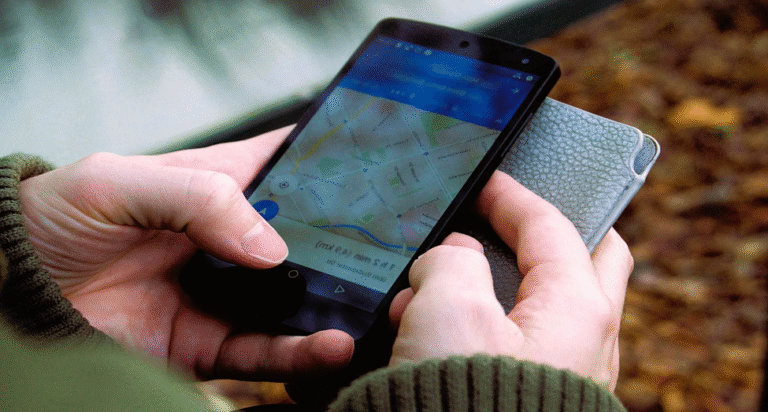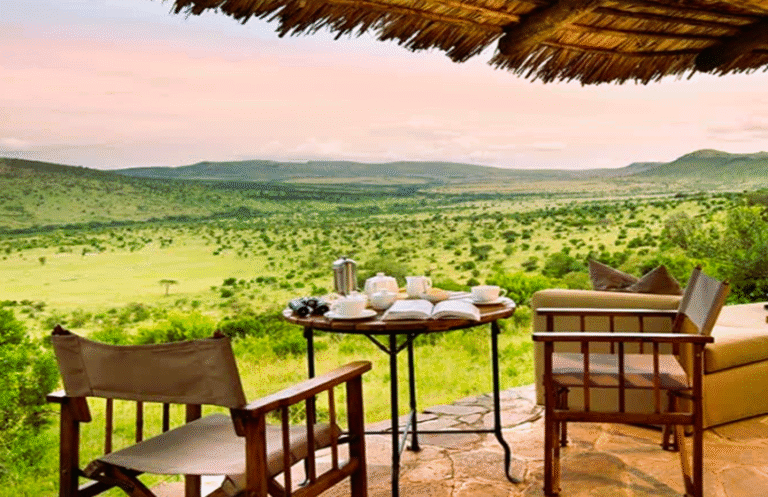
Staying hydrated is important while hiking. Dehydration can lead to serious health issues. It can cause fatigue, headaches, and confusion. To enjoy your hike, you must drink enough water. Here’s a guide on how to avoid dehydration on the trail.
1. Know Your Water Needs
Knowing how much water you need is important. It depends on your age, weight, and how hard you are hiking. On average, drink about half a liter of water each hour. If it’s hot or you’re working hard, drink more to avoid dehydration.
2. Start Hydrated
Begin your hike well-hydrated. Drink water before you hit the trail. Aim for at least 16 to 20 ounces before starting. This sets a good foundation for your hike. Don’t wait until you’re thirsty to drink, as this helps avoid dehydration.
3. Carry Enough Water
Always pack enough water for your hike. The amount varies according to the trail’s length and circumstances. A water bottle may enough for short trip. Consider bringing a hydration container or bladder for longer trips. Always overestimate your needs; it’s best to carry extra water to avoid dehydration.
4. Plan Water Breaks
Take water breaks often during your hike. Don’t wait until you feel thirsty. Try to drink water every 20 to 30 minutes. This keeps you from getting dehydrated. Using your watch to remind you can help you avoid dehydration.
5. Choose the Right Container
Selecting the right water bottle is important. A durable water container is great for short hikes. Consider using a hydration bladder on long trips. These packs provide hands-free sipping and can store more water. Make sure your container is light but strong to help you avoid dehydration.
6. Hydration Tablets or Electrolytes

Try using electrolyte powders or hydration tablets. They add minerals your body needs and make water taste better. They help you replace what you lose when you sweat. Just mix them in your water bottle for a refreshing drink to avoid dehydration.
7. Stay Cool on the Trail
Heat increases the danger of dehydration. Keep cool by resting in shaded areas. Avoid exhausting activity during the hottest hours of the day. Wear light-colored, breathable clothing to keep your body cool. A wide-brimmed hat can help protect you from the sun.
8. Know the Signs of Dehydration
Recognizing dehydration indications is essential. Early symptoms include dry mouth and tiredness. As dehydration develops, you may have dizziness or headaches. Dark yellow urine is another warning indicator. If you detect these symptoms, drink water right away to avoid dehydration.
9. Use Water Sources Wisely

When trekking, be careful when near bodies of water such as lakes, rivers, and streams. Always make sure the water is clean before drinking. Use a filter, boil the water, or take purification tablets to get rid of microorganisms.
10. Eat Water-Rich Foods

Consuming foods high in water content can help you stay hydrated. Vegetables and fruits make great snack choices. Think about bringing slices of cucumber, oranges, or apples. These give you energy while hiking in addition to keeping you hydrated.
11. Monitor Your Body’s Needs
Pay attention to your body when hiking. Adjust your water intake according to how you feel. If you’re sweating a lot, drink more water. Listen to your body’s cues to stay hydrated and avoid dehydration.
12. Limit Caffeine and Alcohol

Caffeine and alcohol can dehydrate your body. Limit their intake before and during your hike. If you do consume them, drink extra water to compensate. Stick to water and electrolyte drinks for better hydration.
13. Stay Educated
Educate yourself about hydration while hiking. Learn about how different factors affect your body’s needs. Familiarize yourself with the symptoms of dehydration. The more you know, the better prepared you will be.
14. Be Mindful of Altitude

If hiking in high-altitude areas, be aware of hydration needs. Higher altitudes can cause increased fluid loss. Drink more water than you normally would. Symptoms of altitude sickness can mimic dehydration, so stay alert.
15. Adjust for Group Hiking

If you’re hiking with others, keep their hydration needs in mind. Encourage other hikers to drink regularly. If someone is running low on water, share it. Keeping everyone hydrated improves the entire trekking experience.
16. Track Your Water Consumption
Keep track of how much water you consume. Mark your water bottle to monitor your intake. Set goals for each leg of the hike. This helps ensure you’re drinking enough along the way.
17. Stay Flexible
Be adaptable when it comes to your hydration system. During your hike, the weather can change. Drink more water if the temperature rises. Adapt your plan according to your activity level and the surroundings.
18. Post-Hike Hydration
After your hike, remember to stay hydrated. To replace fluids lost throughout your hike, drink water. This aids in recovery and gets you ready for further hikes. Afterward, think about eating a healthy dinner and drinking plenty of water.

Staying hydrated on the trail is serious for a safe journey. Understand your water requirements and start hydrated. Carry plenty of water and take regular breaks. Maintain a normal body temperature and watch for signs of dehydration. Make excellent use of available water sources and choose foods rich in water. Maintain an informed, adaptive hydration plan. Following these tips will ensure that your hiking experience is safe and enjoyable. Keep your body hydrated and avoid dehydration, and you will have a great time exploring the outdoors!
FAQ’s
How much water should I drink while hiking?
What are the signs of dehydration to watch for?
Can I drink water from natural sources?
How can I tell if I’m drinking enough water?
What should I eat to help with hydration?
How to avoid dehydration while hiking?






